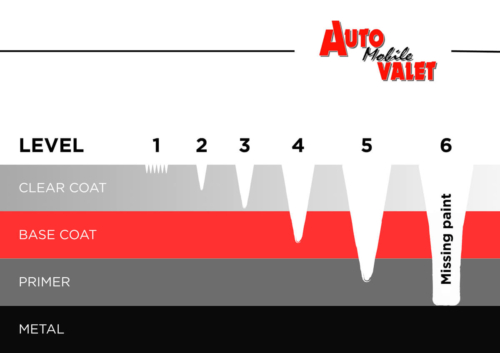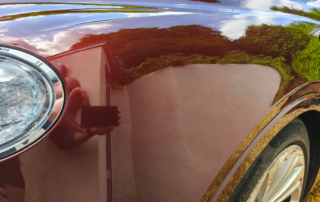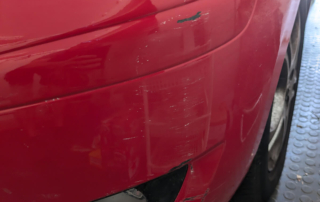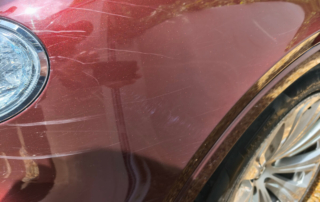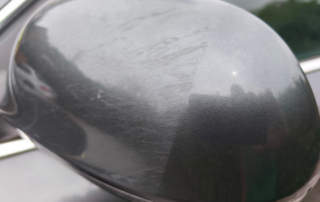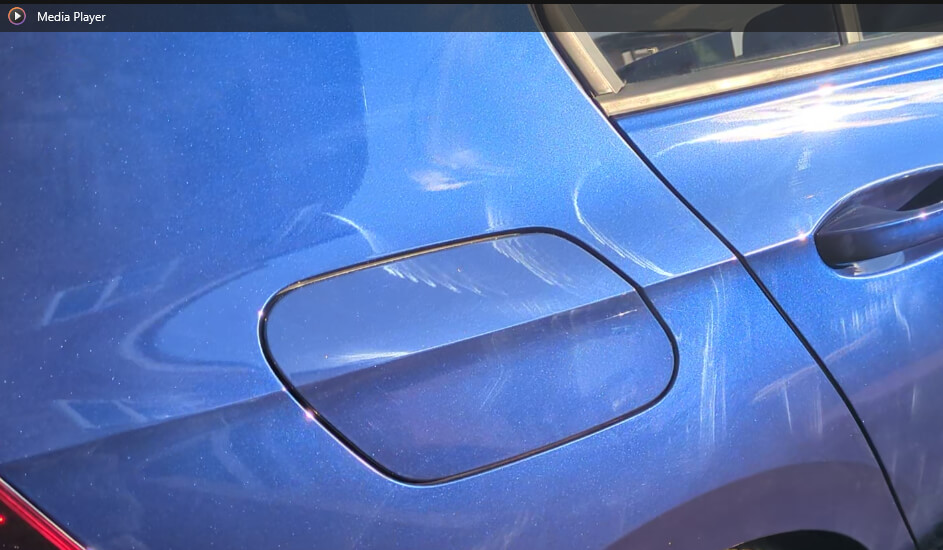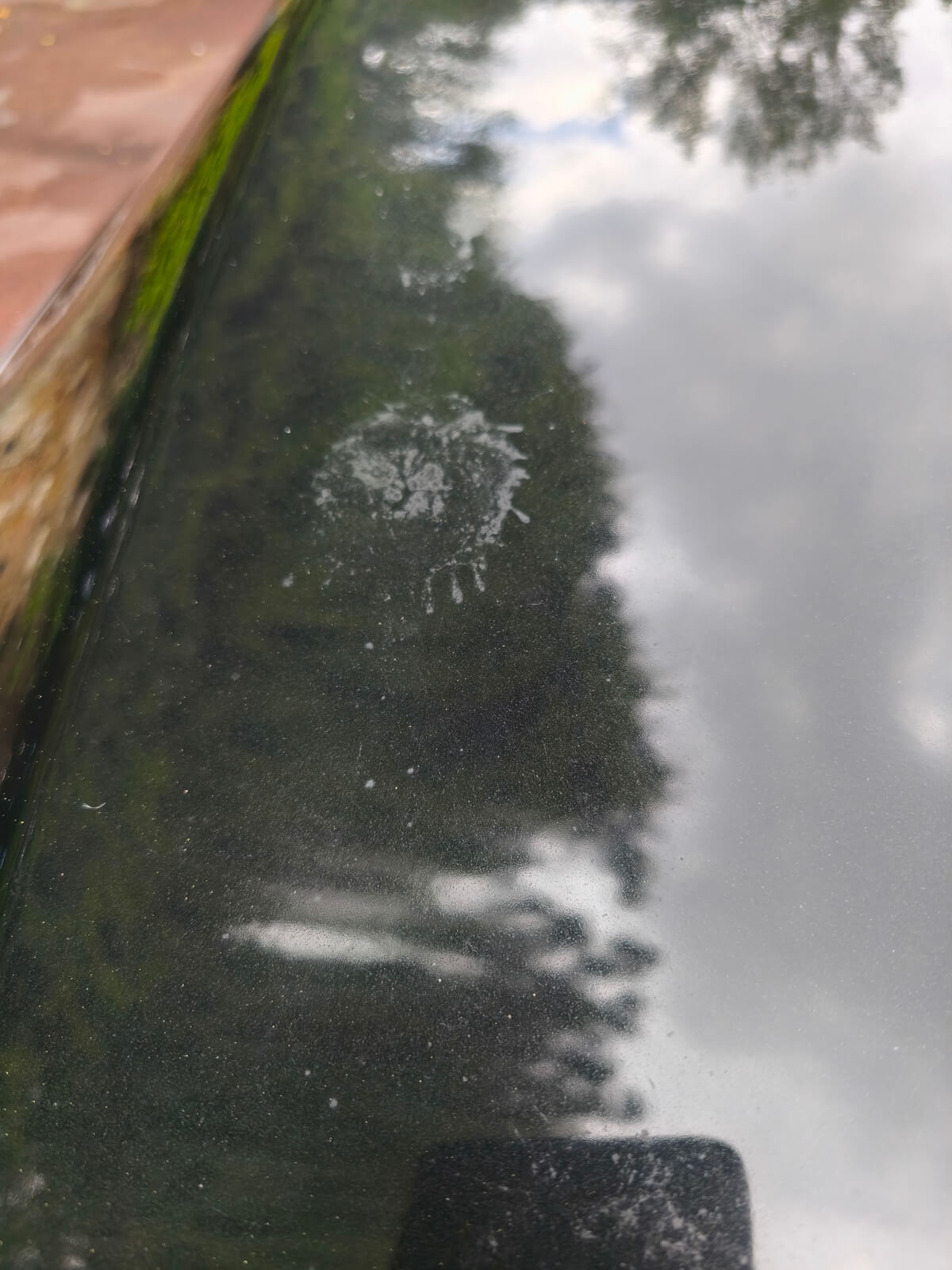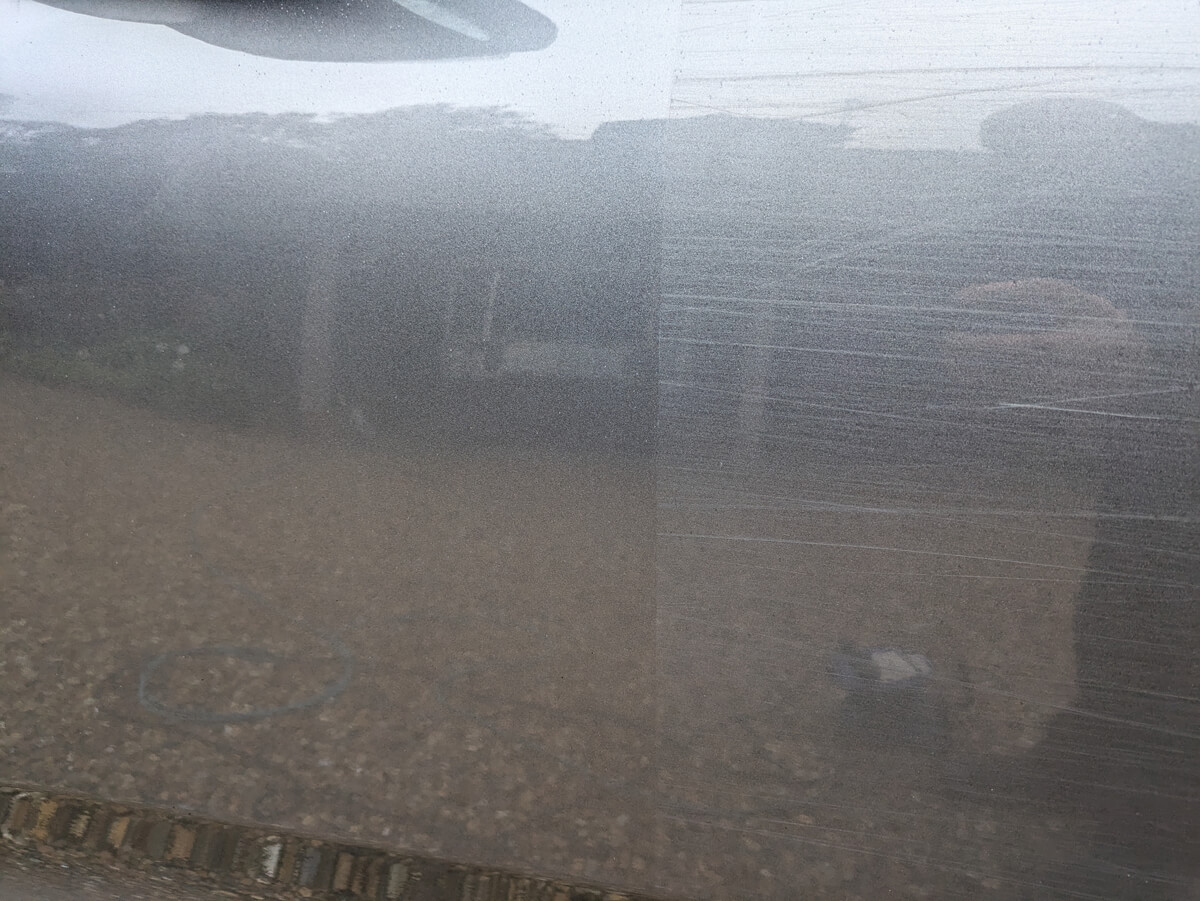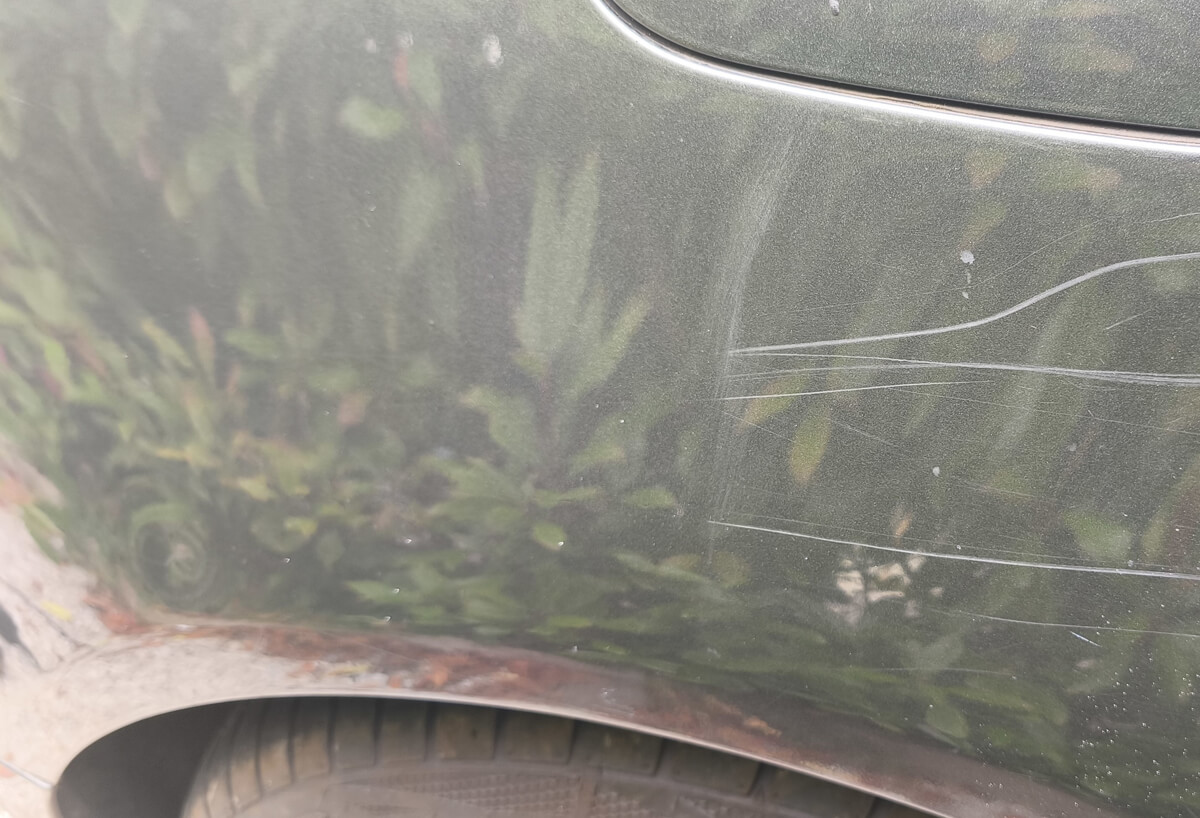Can A Scratch Be Removed By Polishing? A Guide
Polishing a car’s paint can be an effective way to remove light scratches from the outermost layer of paint. In this guide we try to explain what is possible and the limitations of polishing car paint.
Paint on modern cars is made up of three different layers. First the car is painted with a primer (usually white or grey) and then the colour of your choice is applied (sometimes referred to as a base coat) Over the top of the colour is a clear lacquer which protects the colour.
Inevitably over time this top layer (the clear coat) will sustain some damage. Even microscopic scratching from washing the paintwork will detract from clarity of the shine.
Before any polishing can take place the cars paint has to be clean and free from any contaminants on top of the surface of the paint. For this a claybar is used (please read our blog about claybars here).
When polishing paintwork we are effectively removing the top few microns of paint from the car in order to permanently remove the defects from the paint. (don’t worry we measure the thickness of the paint before we start).
Whilst polishing removes the defects and scratches it also makes the clear coat thinner. Polishing a scratch can only be done effectively if the scratch is only in the clear coat. If the scratch is deep enough to have penetrated into the basecoat (the colour layer) then polishing will remove all the clear coat before the scratch is removed. This has to be avoided as the base coat will be left unprotected and may also look dull or a different colour.
